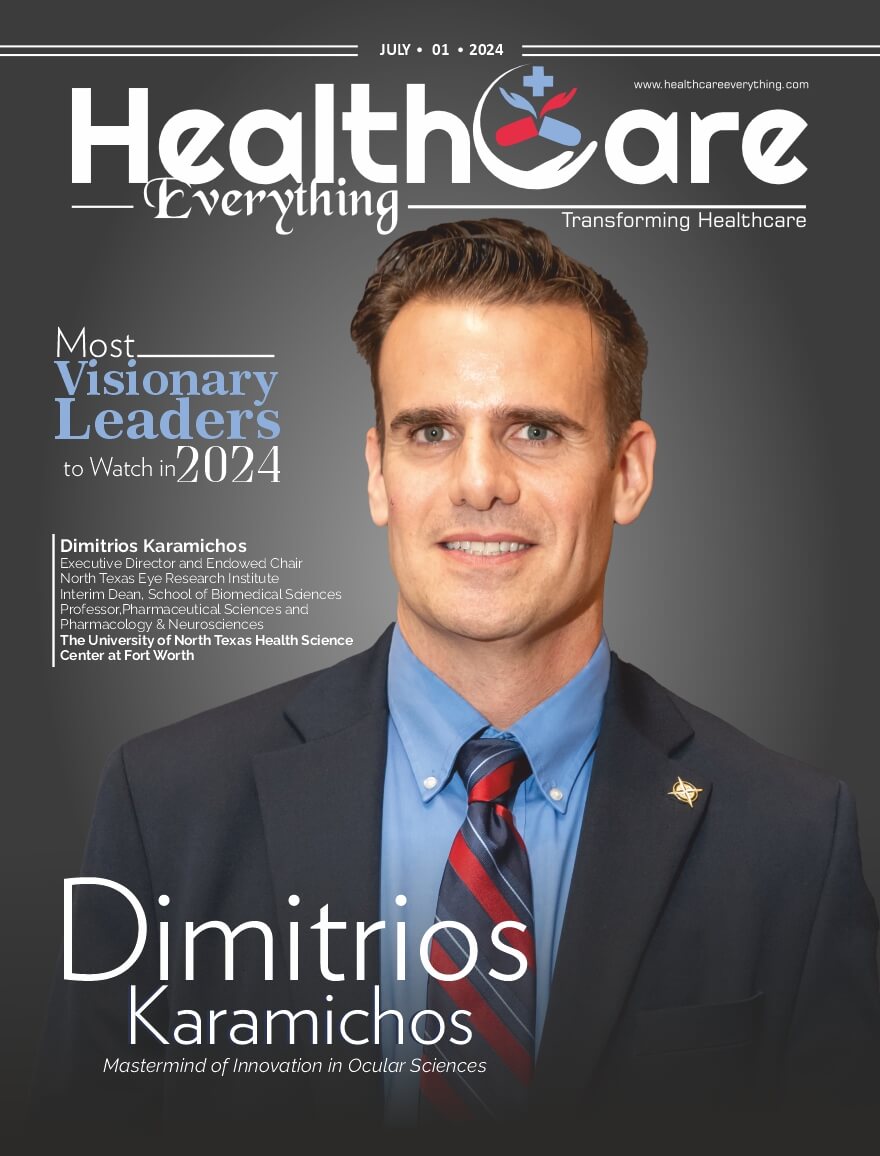The expectations of modern healthcare call for greater speed, precision and timely delivery of treatment in every aspect, and surgical processes are no exception. Implementing emerging trends of technology like robotics in the medical field enables a high level of patient care, efficient processes in clinical settings, and a safe environment for patients and healthcare workers.
Medical robots support minimally invasive procedures, customized and frequent monitoring for patients with chronic diseases, intelligent therapeutics and social engagement for elderly patients. In addition, as robots alleviate workloads, nurses and other caregivers can offer patients more empathy and human interaction, which can promote long-term well-being.
Robotic-assisted surgery is becoming the standard of care in many specialties where open and laparoscopic surgery was once the standard. With more robots entering the market, the increased competition is resulting in lower costs for installation and greater uptake. Robotic surgery adoption is increasing as surgical robots can reduce the physical demands on surgeons in complex cases, and reduce patient blood loss and adverse operating events, leading to shorter hospital stays and quicker patient recovery.
However, a question arises—Are surgeons prepared for such a technological advancement in the surgical chambers? Realizing the crucial need to provide surgeons with specialized training to incorporate robotic surgical patterns and reshape their learning curve to reduce surgical complications—International Medical Robotic Academy (IMRA) aims to train surgeons with high-class robotic-assisted training and research by utilizing Online Education, Simulation and VR, away from the operating rooms.
Under the coherent leadership of Adam Clark, the CEO, IMRA’s training methods are pioneered by the aviation industry and provide a virtual reality experience with 3D imaging for surgeons to develop their duration, accuracy and movement precision.
The Tale of Inception
The genesis of IMRA began approximately five years ago with Professor Tony Costello, the Founder’s vision that—robotic surgery is the future and that the education of surgeons on this modern technology should be surgeon to surgeon—independent from industry.
With support from the Victoria government and philanthropist’s help, he built a world-class training facility in Melbourne. Using Professor Costello’s training pedagogy, Adam built an expert surgeon-led curriculum and has incorporated synthetic organ models and extensive simulation into IMRA’s online and in-person courses.
The adult learning principles today depict that using innovative ways to build skills can be an easier way to train surgeons. Although Halsted’s “See one, Do one, Teach one” model of surgical learning has merit, it’s not well suited to teaching on robotic platforms for several reasons, not the least being that it is focused on practicing on patients.
For this reason, Adam and his team have developed a simulation-based training protocol akin to the aviation industry, adopting a lot of their safety principles, such as preparation for adverse events, emergencies, skill repetition and human factors, and simulation. This training is based on the new adult learning principles whereby—physically completing tasks away from the patient and practicing alongside expert faculty—will support better patient outcomes and make surgeons proficient in their skills.
IMRA eliminates the ethical concern of causing harm to animals and cadavers in surgical training by using synthetic models. These models replicate human tissue and are cost-effective compared to animals and cadavers. To create this option, IMRA works in collaboration with the top universities and faculties. Being an agile company, it can easily adjust to the surgeons’ needs and design products that meet their unique training requirements.
Surgeons today want more opportunities to physically practice their surgeries and a level of flexibility to choose when and where they train. IMRA manages to provide both through its training structures.
Embracing the Tech-Advancements
Surgeons could seek the training they need if appropriate technological advances are used. Recent innovations such as tele-proctoring, image guidance, and open and dual console robotic platforms allow a much more efficient way to teach surgeons procedural anatomy that is safer and more supportive of learning capabilities.
Leveraging the technological support, Adam says, “There is no such thing as ‘easy’ when it comes to training for a surgeon. However, I feel that new technological solutions support a robust framework for training, which, if implemented properly, will improve patient outcomes.”
Challenges into Opportunities for Growth
Current robotic surgical training is generally provided by robot manufacturers. With new entrants to the market and more uptake in the overall technology, surgeons must attend multiple training sessions at various companies to support their own hospital’s equipment. Surgeons and staff at hospitals are time-poor, so allowing complete training in robotic surgery that is agnostic to the device supports these goals.
IMRA meets the proficiency goals using data metrics. It enables surgeons to seek training in the hospital operating theatre (not in a remote training facility). The concern of practicing on patients is also eliminated through IMRA’s linear pathway, which includes anatomically correct synthetic human tissue models that deliver a complete training solution.
Words of Wisdom — “Bring It On and Go Big!”
Better patient outcomes in the world of surgery aren’t impossible to attain without the support of innovation. According to Adam, “Robotic and digital surgery is the present and the future of healthcare. We need as many lateral thinkers as possible to revolutionize the way surgery is done. The way I see it, the harder we all work together, the better outcomes the patients will have. Isn’t that our goal in this industry?”
Continuum of Augmentation
Currently, IMRA has a robust product and technology pipeline that the organization continues to develop—beginning with its online and self-paced Foundations of Robotic Surgery course and extending to more specialist procedural content.
The company has signed a 5-year agreement with the Royal Australasian College of Surgeons to provide educational content regarding robotic-assisted surgery with basic, advanced and agnostic courses—along with the most realistic synthetic organ models ever created for surgical training. IMRA will launch these to the market in 2023 and will continue to take feedback and drive innovation in this field.
The Victorian State Government in Australia has also awarded IMRA a grant to build the curriculum for robotic surgery in the public hospital space. Reflecting on its achievement, “We are excited to be an organization recognized for building content for surgeons, by surgeons, and validated by the Government and Medical Colleges,” concludes Adam.
CEO’s Thoughts On His Journey of Medical Innovations
I’ve had a long career in the medical device industry. Starting as a rep for J&J many years ago and working at some of the major medical device companies globally, I found my passion for Robotic Surgery at Intuitive Surgical in the USA. I wanted to continue working in the field, addressing the lack of innovation around alternative options for training surgeons without conducting pigs and cadavers.
The medical industry has come so far with technology, yet our training options are still very limited. But IMRA will continue to work alongside surgeons, medical device companies, surgical societies and governments—to create a truly integrated and product-agnostic approach to training—that accelerates the uptake of robotic surgery across all specialties and ultimately creates better patient outcomes.
| Next: https://healthcareeverything.com/how-to-ensure-adequate-protein-intake-for-the-golden-aged-people/ |







